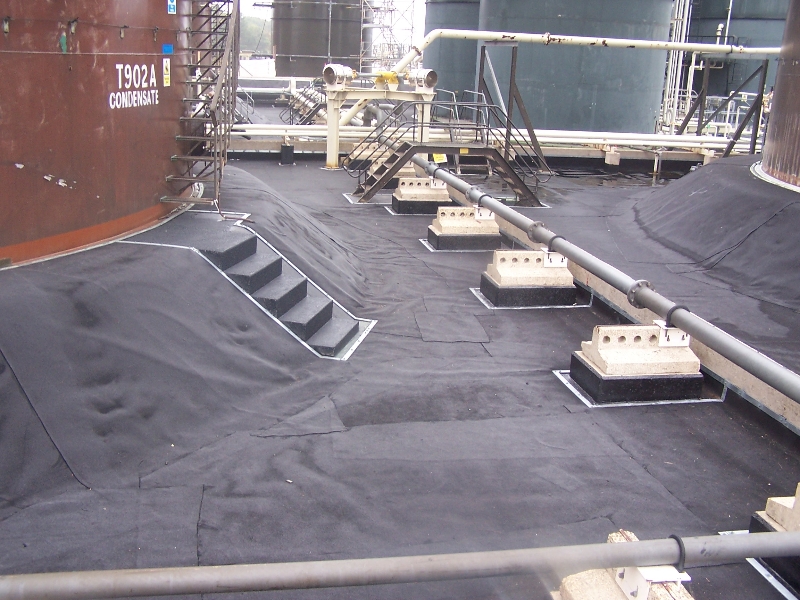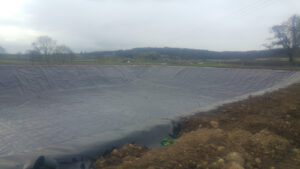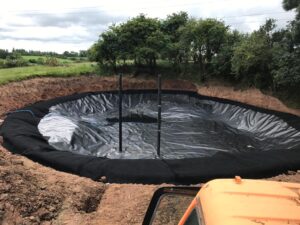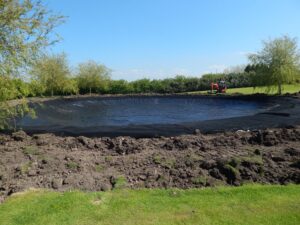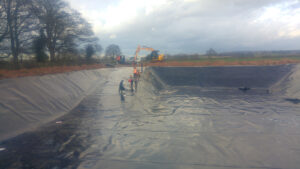Bund lining and oil/fuel liners are critical components in containment systems, playing a pivotal role in preventing leaks, spills, and environmental contamination in industries dealing with hazardous substances like oil and fuel. These liners offer multiple benefits, ensuring both environmental protection and operational safety.
Bund Lining: Safeguarding Against Spills
Bund lining involves the installation of protective layers in containment areas, known as bunds, designed to capture and contain spills or leaks from storage tanks or drums. These liners are often impermeable barriers made from materials like geomembranes or reinforced plastics.
Environmental Protection:
The primary benefit of bund lining lies in its ability to prevent hazardous liquids, such as oil or chemicals, from seeping into the soil or groundwater. In the event of a spill or leak, the lining confines the substance, preventing environmental contamination and safeguarding surrounding ecosystems.
Regulatory Compliance:
Industries handling hazardous materials are often subject to strict environmental regulations. Bund lining ensures compliance with these standards, minimising the risk of environmental incidents and legal repercussions.
Oil/Fuel Liners: Containing Hazardous Substances
Oil/fuel liners are specialised containment solutions designed explicitly for storing oil, fuel, or other hydrocarbon-based substances. These liners serve as protective barriers within storage tanks, preventing leaks and providing secondary containment in case of primary tank failure.
Preventing Leaks and Seepage:
The primary purpose of oil/fuel liners is to contain hazardous substances within storage tanks, preventing leaks or seepage into the surrounding environment. This containment significantly reduces the risk of soil or groundwater contamination.
Structural Integrity Maintenance:
Liners help maintain the structural integrity of storage tanks by providing an additional protective layer. They act as a safeguard against corrosion or degradation, prolonging the lifespan of the storage system.
Common Uses:
Both bund lining and oil/fuel liners find applications across various industries dealing with hazardous substances, including:
Oil and Gas Industry: Used in storage tanks for crude oil, refined petroleum products, or fracking fluids.
Chemical Manufacturing: Employed in containment areas for chemicals or hazardous liquids.
Transportation: Utilised in tanker trucks or railcars transporting fuels or chemicals.
Conclusion:
Bund lining and oil/fuel liners play critical roles in containing and managing hazardous substances, ensuring environmental protection and operational safety. These liners serve as proactive measures, preventing spills, leaks, and environmental contamination, thus aligning with stringent regulatory standards. Their versatility and effectiveness make them indispensable in industries where safe handling of hazardous materials is paramount.
To find out more about our products and services and how we can help you, please contact us using the below –
Tel: 01695 228626
Email: enquiries@enviroseal.co.uk

